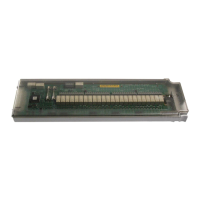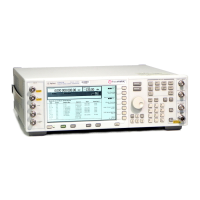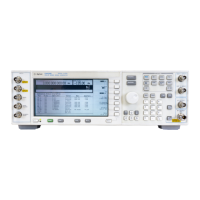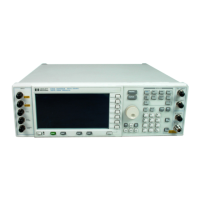Chapter 2 77
Programming Examples
LAN Programming Examples
* + Be sure to add WSOCK32.LIB to your list of libraries!
* + Compile both lanio.c and getopt.c
* + Consider re-naming the files to lanio.cpp and getopt.cpp
*
* Considerations:
* - On UNIX systems, file I/O can be used on network sockets.
* This makes programming very convenient, since routines like
* getc(), fgets(), fscanf() and fprintf() can be used. These
* routines typically use the lower level read() and write() calls.
*
* - In the Windows environment, file operations such as read(), write(),
* and close() cannot be assumed to work correctly when applied to
* sockets. Instead, the functions send() and recv() MUST be used.
*****************************************************************************/
/* Support both Win32 and HP-UX UNIX environment */
#ifdef _WIN32 /* Visual C++ 6.0 will define this */
# define WINSOCK
#endif
#ifndef WINSOCK
# ifndef _HPUX_SOURCE
# define _HPUX_SOURCE
# endif
#endif
#include <stdio.h> /* for fprintf and NULL */
#include <string.h> /* for memcpy and memset */
#include <stdlib.h> /* for malloc(), atol() */
#include <errno.h> /* for strerror */

